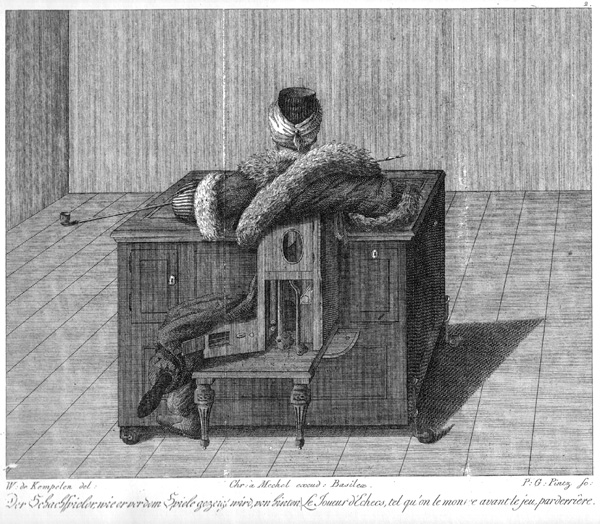AI and the Law (Part 1)
(Note: This is the first part of a series of posts that were based on several conversations with lawyers and executives about AI, the nature of technology and its application to business problems.)
What is Artificial Intelligence?
Does it really represent an improvement over what we already have? An entirely new class of solutions to ongoing problems? Or the flavour of the week in a market that is overwhelmed with buzzwords?
Skepticism is endemic to technology culture in industry, government or academia. It's a byproduct of working in an area who's foundation is innovation and ideas. When it costs significantly less to say that you have something than to actually get it to work: a "show me" attitude is necessary. Ironically, IT has been so far primarily about what we would call classical Management Information System. The software may be really slick, the hardware may be really fast and we can store a lot of data, but really most of what the industry has focusing on so far is simply replacing physical forms and paperwork with the electronic equivalent: tabulating ledgers for accounting, generating reports and mailing checks and invoices over the Internet instead of in paper form. These are boring, unglamorous tasks but they have been IT's big success: taking things that were mundane, repetitive and that were cost centres and streamline it using technology.
And now, we have Artificial Intelligence.
The underlying idea that a machine would replace a human being in making decisions isn't all that new. One of the better know historical exhibits (and fraud) is The Turk, a mechanical automaton that would play chess against a person. Of course, playing chess was asking a lot of simple clockwork mechanisms and the builder had constructed a false compartment in which a human player would hide and move the mannequin using a system of pulleys and cams. This may have been the first vapourware product ever, but the idea that a machine could perform tasks at a human level had taken root.
What we'll call modern Artificial Intelligence appeared in the mid-1950's when scientist began to look at ways that elements of human cognition could be modelled using mathematics. That in itself wasn't novel, humankind had moved on from the abacus. What they were aiming at were higher cognition functions like learning from examples and extrapolating solutions for problems that the machine had never seen before.
In this series of blog posts, the basics of AI will be reviewed and its application to practical business problems outlined. As with many technologies it has had its false starts and the causes of the AI Winters periods will be reviewed which in turn, will give a sense of why it is making such a resurgence.
Next: Part II - How AI Works.


